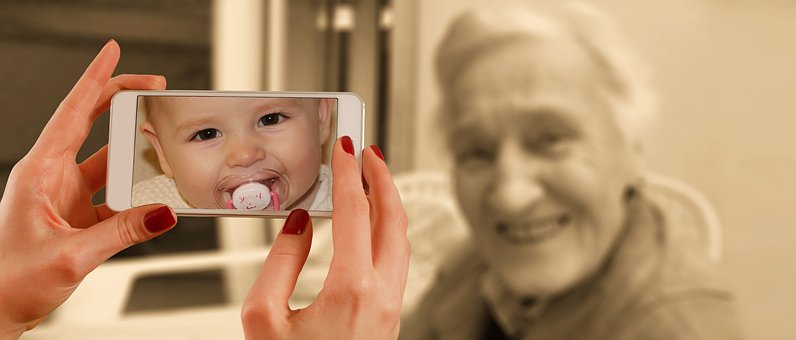![smartphone-1987212__340]()
As We Age- A Woman’s Guide to Health Risks by Melissa Lobo
The march of time affects men and women very differently. The effects of breast growth or the lack thereof, for instance, as well as other statistically more probable diseases are different between the genders. The key to dealing with these changes properly lies in being able to understand what is going on.
In this guide, we look at how aging affects women, specifically with regard to the health risks involved. We also take a look at the best ways to deal with these risks before they become unmanageable. All this is with the hope that it will be easier to deal with these changes in a more effective and healthier way.
A General Look at Aging
While aging is somewhat subjective and dependent on the mindset, habits, and lifestyle of an individual, there are several things in common that can be spotted easily. Naturally, the most visible would be the physical changes such as sagging skin, aching bones, hair loss, and others. These are common simply because they are a result of the natural deterioration of the human body over time. Other changes are psychological. While far too in-depth to be discussed, they revolve around a person’s mentality as they face these changes in them.
Some changes are natural, and they will happen to a person simply because it is how things work. Fact is, our skin becomes thinner as we age and will occasionally sag. It’s important to note that wrinkles aren’t a part of this specific discussion–which is the effect of aging that most people turn up their noses to. Wrinkling is caused primarily by long-term exposure to the sun’s harmful rays. Knowing that, this most basic of affectors is simple enough to deal with–avoidance and the proper use of sunscreen go a long way. Although men and women will both age, there are several key differences in their risk of developing life-threatening illnesses and several key differences in how they prevent that risk.
The march of time affects men and women very differently. (Click to tweet)
How Women Differ
1. Women have a higher risk of stroke.
Several studies have found that cardiovascular disease is the number one cause of death in women—more women, for instance, die of stroke than men do, and stroke actually kills twice as many women as breast cancer. Women even may suffer from unique stroke symptoms such as fainting or dizziness, general weakness, and shortness of breath (among others). Knowing the symptoms will help you identify a stroke and get early treatment, a pivotal step of your long term outcome. In addition, there are certain things you can do to reduce your risk of stroke as you age.
- Monitor your blood pressure (especially if pregnant)
– Stop smoking (especially if you have migraines with aura)
– If you are over the age of 75, get screened for Atrial Fibrillation
2. Women experience breast cancer differently.
While more women will develop breast cancer over their lives (1 in 8 women versus 1 in 1,000 men), the onset and mortality of breast cancer is far more prominent in women than in men. This means it’s especially vital to lead a lifestyle that promotes healthy breast tissue. You can reduce your risk through a couple of key lifestyle changes, such as:
- Eating a healthy, well-balanced diet
– Getting regular amounts of exercise during the week
– Avoiding excessive alcohol
– Maintaining a healthy weight (which helps to limit estrogen production)
3. Women are more likely to suffer from Alzheimer’s Disease.
Alarmingly, even Alzheimer’s tends to affect women above the age of 70 more than their male counterparts (Two-thirds of those diagnosed with Alzheimer’s will be women). There are a few recommended steps you can take to get control and reduce your risk of developing cognitive and memory impairment:
- Get the daily recommended amount of Vitamin D
– Maintain appropriate blood pressure and low cholesterol
– Stay active and exercise several times a week
It’s important to also note that this list is not all-inclusive; Women are more likely to be sufferers of autoimmune diseases, for example (some studies suggest as much as 75% are women). All these risk factors point to the importance of knowing your risk factors, and taking care of your body and your soul with a healthy diet, plenty of exercise and a well-moderated lifestyle.
Sources:
https://www.webmd.com/healthy-aging/guide/default.htm
http://www.medicaldaily.com/aging-differences-between-men-and-women-how-sexes-grow-old-together-and-apart-318632
https://www.mayoclinic.org/diseases-conditions/menopause/symptoms-causes/syc-20353397
Author Bio
Melissa is a young and energetic writer, a mom to a sweet little boy, and a fur-mom to two perfect pooches. Before becoming the Associate Content Director for Project Female, she was a journalist specializing in topics related to women in politics and policy affecting women.
